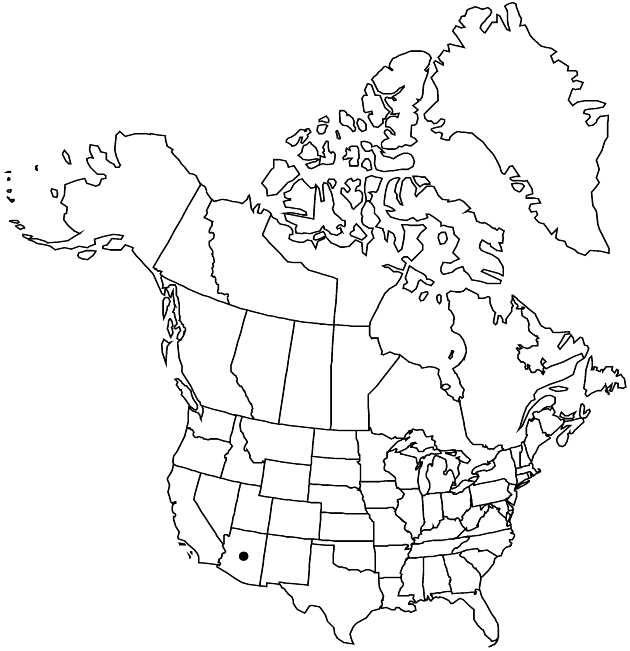Packera franciscana
Phytologia 49: 47. 1981.
Perennials, 3–7+ cm; rhizomatous (rhizomes creeping, ascending). Stems 1 (often purplish), sparsely lanate or arachno-tomentose, glabrescent. Basal leaves petiolate; blades lyrate to sublyrate (midribs winged) or ovate to orbiculate, 10–20+ × 30–50+ mm, bases tapering to contracted, ultimate margins ± dentate (faces glabrate at flowering). Cauline leaves gradually reduced (sessile; usually bractlike and entire, sometimes larger and pinnatifid). Heads borne singly or 2–6 in compact, cymiform arrays. Peduncles conspicuously bracteate (bractlets red-tipped), densely lanate-tomentose. Calyculi conspicuous (bractlets reddish or purple). Phyllaries 13 or 21, purplish, 6–9 mm, sparsely tomentose. Ray florets 8 or 13; corolla laminae 5–10 mm. Disc florets 30–40+; corolla tubes 2–3 mm, limbs 2.5–3.5 mm. Cypselae 1.5–2 mm, glabrous; pappi 5–6 mm. 2n = 46.
Phenology: Flowering mid Aug–mid Oct.
Habitat: Talus slopes, rock crevices, above timberline
Elevation: 3200–3800 m
Discussion
Of conservation concern.
Packera franciscana is known only from above timberline in the San Francisco Peaks and is in the Center for Plant Conservation’s National Collection of Endangered Plants. It spreads by extensive rhizomes and is fairly abundant locally.
Selected References
None.
